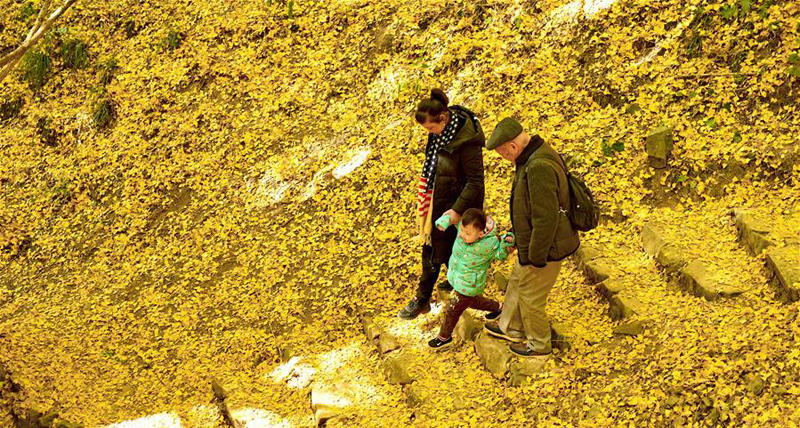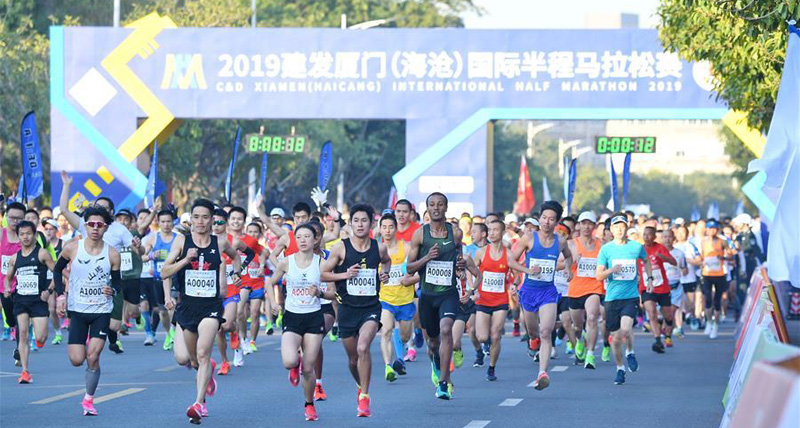Tan Kah Kee
chinadaily.com.cn| Updated: May 5, 2019
Tan Kah Kee (1874-1961) was born in Xiamen, Fujian province, during the Qing Dynasty (1644-1911).
He went to Singapore at the age of 17 to help his father, who owned a rice trading business there. In 1903, after his father's business collapsed, Tan started his own company and built a business empire in rubber plantations, manufacturing, sawmills, canneries, real estate, import and export brokerage, ocean transport and rice trading.
In 1912, he came back to China and established the Jimei Primary School in Xiamen's Jimei district. After that, he set up various kinds of schools in Jimei. Sun Yat-sen, the foremost pioneer and leader of the Republic of China, approved the place as the Jimei School Village in 1923.
Tan strongly believed that education was the key to social upliftment. In 1921, Tan set up Xiamen University, which was at the time the only wholly privately owned university in China. He supported it financially until the government took it over in 1937.
Tan was regarded as the leader of overseas Chinese since the War of Resistance Against Japanese Aggression (1931-45). He led 12 million overseas Chinese and organized many relief funds to support China during the war.
In 1940, Tan organized the Overseas Chinese Consolation and Inspection Team, and visited Chongqing and Yan’an in March during the ongoing war.
In 1941, the Japanese army launched a surprise attack on Pearl Harbor, which led to the Pacific War. Tan then set up the Overseas Chinese Mobilization Council.
After the Japanese invaded and occupied Malaya and Singapore in 1942, Tan escaped to Java, Indonesia. In 1943, while he was in Java, Tan began writing his memoirs, The Memoirs of an Overseas Chinese of the Southern Ocean (南侨回忆录), which later became an important document on the history of the overseas Chinese in Southeast Asia.
After the war ended in 1945, Tan returned to Singapore. In 1946, he founded and published Nan Chiao Jit Poh (南侨日报), a newspaper that contributed to uniting overseas Chinese in support of the liberation of China.
After the founding of the People's Republic of China in 1949, Tan returned to the country at the invitation of Chairman Mao Zedong to attend the Chinese People's Political Consultative Conference (CPPCC). After that, he settled in Jimei.
By selling his[1] property in Singapore and raising donations, Tan funded the expansion of the schools[2] in Jimei district and Xiamen University with more than 10 million yuan.
Tan served in many positions in the Chinese government, including as a member of the Central People's Government, member of the Standing Committee of the National People's Congress and vice-chairman of the National Committee of the CPPCC.
Tan died in Beijing in 1961. His body was returned to Jimei district, where a State funeral was held. He was buried in Aoyuan Garden in Jimei.



 play
play